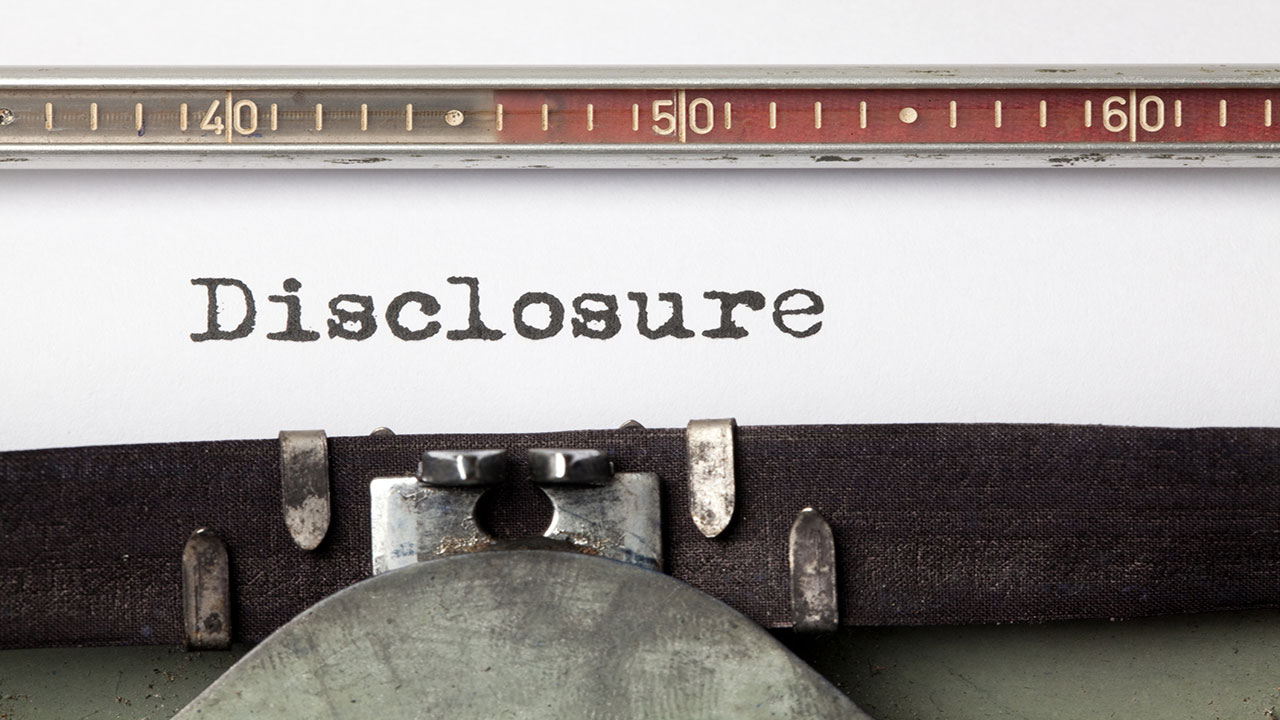What Disclosures Do Sellers Have to Make?

No home is entirely perfect. There will always be some issue with a property, whether minor or major, that may or may not require some attention to rectify. In fact, some issues with a home could impact its listing price. Sellers who are well aware of obvious issues with their homes typically factor the cost of repair into their asking price in order to remain competitive in the market.
Yet at the same time, sellers are also required to disclose any known issues to prospective buyers. But what exactly needs to be disclosed? Do sellers have to disclose every little issue known about the home?
And what if there are issues that sellers aren’t aware of? If they don’t disclose these issues because they were not made aware of them, could that land them in trouble?
Every state has its own rules surrounding disclosures in real estate deals, and California is no exception. Like many other states, California requires that sellers disclose, in writing, pertinent information about the home they plan to sell.
What is a Disclosure Statement?

In California, the “transfer disclosure statement,” or more simply referred to as the “TDS,” is a statement that is required by law under Section 1102 of the California Civil Code and is applicable to all residential sellers.
Providing this disclosure statement in a timely manner will help to not only provide the buyer with the information needed before making a final decision about whether or not to purchase a home, but it is also something that can protect the seller. That’s because it can be used as evidence in court if a buyer decides to sue a seller for issues with a home that they claim were not disclosed.
But just because an issue is disclosed does not mean you must rectify it. At the same time, the buyer also has the choice of whether or not to fix a problem. That said, as a seller, disclosing as much as you can is always best.
When Do Disclosures Have to Be Made?

There’s no exact deadline that sellers have to abide by when making their disclosures, though sellers are expected to provide them as soon as they can. Obviously, the sooner the buyer receives the written disclosures, the better, as these documents will certainly play a role in the buyer’s decision about whether or not to follow through with the deal.
Some sellers will provide disclosures along with the listing upfront, while others may provide them after a buyer has submitted an offer. At the very least, the document should be provided during the contract contingency period. Regardless, sellers are expected to provide their disclosures in a timely manner before the transaction is complete.
After the disclosure form is received by the buyer, they have the option to cancel the deal if they don’t like what they see. But they’ve got time constraints to work with when making this decision. For instance, if the disclosure form is provided by mail, the buyer has five days to cancel, and if the form is supplied in person, the buyer has three days to cancel.
What Disclosures Must Be Made?

In California, the types of disclosures that sellers are obligated to make in writing include the following:
- Working condition of any features or appliances on the property;
- Defects or malfunctions with systems and structures;
- Flooding or drainage issues;
- Presence of toxic materials, including lead-based paint, asbestos, radon, mold, or urea formaldehyde;
- If a death has occurred at the property over the past three years;
- Details on the home’s property tax;
- If the home is on a busy roadway;
- Certification that smoke detectors are properly installed according to regulations.
The Natural Hazard Disclosure Statement is also required by law and includes information about the following:
- Earthquake faults
- Problems with flooding
- Potential of wildfires
- Other potential natural hazards
You’re not the only one in the transaction that needs to provide written disclosures: your real estate agent is also obligated to provide any pertinent disclosures associated with the transaction, including:
- The agency relationship with the seller
- Sales price information
- Real estate commissions
The Bottom Line
At the end of the day, it only makes sense that sellers should disclose pertinent information about their property before sealing the deal. Not only is it the law, but it’s the ethical thing to do.
The main thing that sellers should know about the transfer disclosure statement is that they’re not guaranteeing or warranting the condition of their home, but rather are informing buyers of its condition. And while they can be a nuisance to have to fill out, they can protect you in case the buyer ever decides to take you to court over issues with the home after they take possession.


